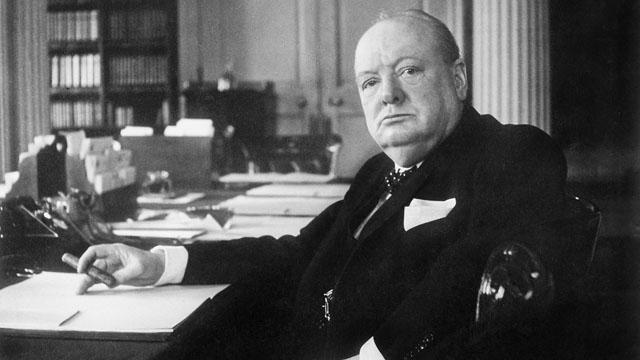The recent surge of volatility in Japanese stocks suggests that the Abenomics market is entering a new phase.
The explosive kane amari soba, the “liquidity-driven market” led by financial and real estate stocks, has run its course. According to traditional market lore, the next stage should be a less frenetic gyoseki soba, meaning an “earnings-driven market” led by the stocks of companies with the most improved profitability.
The transition process can be lengthy and far from smooth. The usual signal is a rise in bond yields. In today’s conditions too, that would be a healthy development. Far from presaging financial apocalypse, it would indicate that an economy that had spent far too long in the doldrums was finally returning to growth.
In the six months since Mr. Abe emerged as the political champion of reflation, Japan’s Topix index rose by 75% from trough to peak. There were two interconnected reasons for this eye-popping performance.
First, as of autumn 2012 Japanese stocks were mired in one of the longest and deepest bear markets in history. The Topix Index was not only trading at a discount to book value, but also below its fifty year moving average. That means an investor who had been patiently buying the index every month since the era of JFK and Mad Men would be underwater. Not surprisingly, the idea of an equity risk premium had become a sick joke to a whole generation of investors.
Second, Mr. Abe’s regime shift in monetary policy offered the prospect of a return to positive growth in nominal GDP, as opposed to the tacit acceptance of deflationary contraction which was the default position of the Japanese establishment. Today Japan’s nominal GDP is no higher than in 1992. Imagine that instead the economy had managed to growth by 3% per year (1% real growth and 2% inflation) since then. Nominal GDP would now be 80% larger, asset prices and tax revenues significantly higher, and the public debt burden as trivial as it was in the early 1990s.
If Japan were now to find a way into that ghostly alternate universe, there would be a dramatic change in the relative performance of equities and bonds, as well as a much better environment for corporate earnings growth.
The benefits of Abenomics are already visible in the real economy, though for the full impact to come through we have to wait for the normal lags of 9-12 months to operate.
The most obvious effect comes from the action in the asset markets themselves. The value of the Japanese stock market has risen by some 150 trillion yen – equivalent to 40% of GDP. In Japan, unlike the United States, stocks do not comprise a high proportion of the wealth of the upper middle classes. Individuals own some 20% of the stock market, but average holdings are small. A further 25% is owned by foreign investors. The rest is essentially owned by the system itself – corporations, banks, insurance companies and pension funds. So the largest effect is not on consumption – though consumer confidence has soared to multi-year highs and luxury spending is booming – but on the balance sheet of corporate Japan.
After the bubble burst in 1990, Japan was plunged into a self-reinforcing “balance sheet recession”, in which asset deflation led to de-leveraging which led to stagnation which led to more asset deflation. If Abenomics works, this cycle will go into reverse – leading, ultimately, to a balance sheet boom.
Stocks are not the whole story, not even most of the story. In Japan the stock market has a higher correlation with real estate prices than in the US and the UK – where bubbles have been serial rather than synchronous. It is hard to imagine a bullish Tokyo stock market that is NOT accompanied by rising real estate prices, at least in the major urban areas. And indeed such a phenomenon seems to be underway. According to a recently released official survey, land prices rose in 53% of urban locations in the first quarter of the year, versus 35% in the last quarter of 2012. Anecdotal evidence suggests that condo prices in central Tokyo are on a tear.
The other major lever of change is the yen. The improvement the weaker currency has wrought in Japanese competitiveness is well understood – not least by South Korean finance minister Hyun Oh Seok, who claimed the weaker yen was hurting his country more than the bloodcurdling threats of North Korea! Less obvious is the impact on the national balance sheet. Japan is the world’s largest creditor nation, with net overseas assets equivalent to over 50% of GDP. A currency decline of 30% raises the value of non-yen assets by an equivalent amount. Some companies will be reflecting the change by writing up shareholders’ equity. After years and years of write-downs, this will come as a welcome relief.

Already Japan has been experiencing significant upgrades to earnings expectations. The consensus of analysts is that the Topix will generate earnings per share of 96 yen in two years’ time, against 51 yen last year. Given that peak EPS in the 1999/2000 boom was just 23 yen, the turnaround has been astonishing.
In the rest of the world, by contrast, earnings momentum is currently weak to non-existent.
A profitable, well-capitalized corporate sector can be expected to be more dynamic – to invest more, acquire more, reward workers with higher wages, perhaps even reward shareholders with higher dividends
To adapt the words of Winston Churchill, in such a case the turbulence of May 2013 would mark not the end of Abenomics, nor even the beginning of the end, but merely the end of the beginning.
